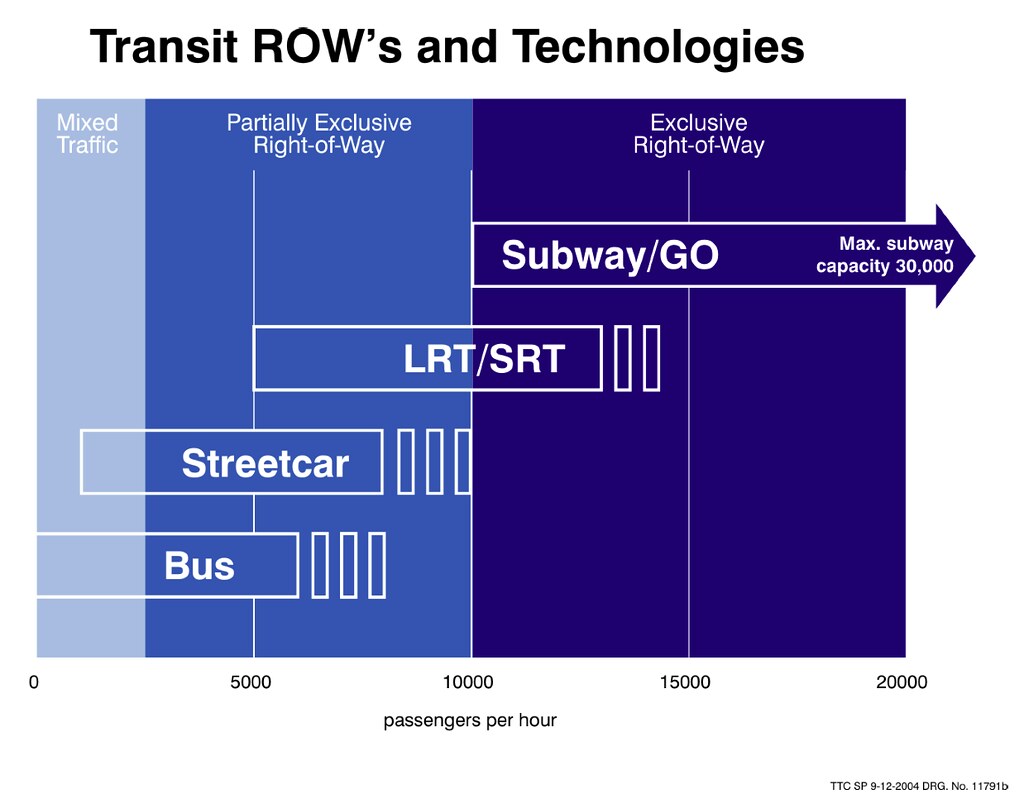^ Along those lines, what you could do is make for a much earlier movement against urban redevelopment. That movement was born thanks to Moses and his butchery, but you could have it further. I think what might work here is to have Moses get into public transit as well as the roadways. The Triborough Bridge Authority was a profitable enterprise, and I'm having the idea of Moses trying to keep people in neighborhoods by putting more people in them and using both roadway and transit infrastructure to keep them moving. This means few or no tower in the park schemes and much-expanded public transit. Being that Moses was a bridge-builder and surface transit builder above all else, this could lead to a very wide network of surface rail and streetcars built in New York City in the 1940s, 1950s and 1960s. Moses could also stick to his original visions of parkways rather than freeways, which would massively change the way many projects were built.
Thus, New York becomes a symbol of a new city for post-war America, with the plan being to make transit and parkway systems that merged dozens or even hundreds of smaller communities into a single whole, making it easier for people to move around the city by automobiles and by transit. This planning is followed by many other cities, leading to the streetcar systems prominent in so many places being rebuilt into light-rail transport systems instead of scrapped in favor of buses. This has positive effects for traffic congestion in the cities brave enough to get these things done. Moses does not go down in history as a monster but rather as a master builder and planner who built New York into a stylish metropolis. The NYC of that world doesn't suit cars quite as well, but the transit makes for less traffic in any case, an overall net benefit to the city of New York and one which does not cause the massive problems New York had in the 1970s.
After WWII, sizeable numbers of black war veterans join the police forces of major cities where they are living in large numbers, including very racially-divided ones such as Detroit, New Orleans, Newark, Los Angeles, Philadelphia, Chicago, Atlanta, St. Louis and Washington DC. This both gives an early kick to the civil rights movement and causes far less allegations of police brutality. It does cause racial tensions within the departments, but most policemen keep their bigotry to themselves in order to keep their jobs. White flight still happens, but as fewer highways are there to destroy minority neighborhoods (the most egregious example of this being in Detroit) this is less pronounced. Particularly after the 1960s riots, many long-time white residents ditch, heading for the suburbs, but many white newcomers dig in their heels and say that they will go nowhere because of fear. The problems from this slink away by the 1970s, and the greater numbers of schools with mixed classes leads to desegregation busing being much less of a political hot potato. Urban redevelopment goes much differently than OTL, and very few cities get ripped apart by huge tower complexes or other such actions.
